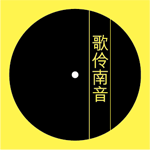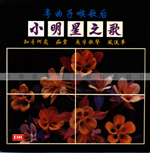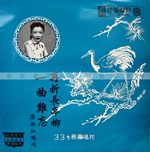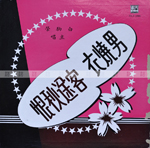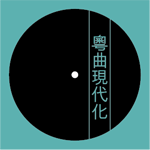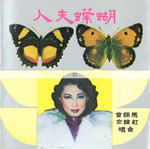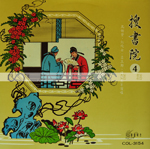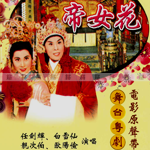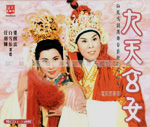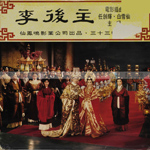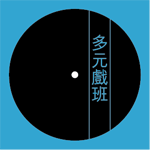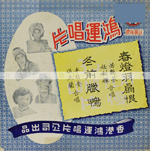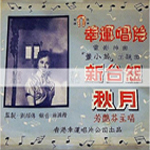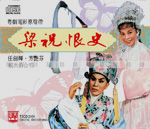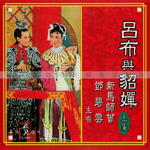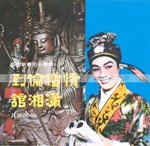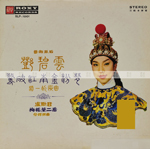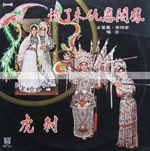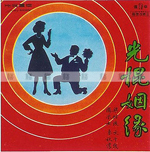Since the early twentieth century, Hong Kong has always been an important venue for Cantonese opera development. After 1949, as a result of political turmoil in the Mainland, performers and troupes converged and resettled in the territory, leading to a tremendous prospering of Cantonese opera in the subsequent decade. This development is linked intimately with the rise of the electronic media.
Performers and troupes began to grasp the possibilities offered by film and radio to re-examine age-old performance practices with regard to acting, singing, script writing, instrumentation, and stage set-up. They brought in novel elements from the theatre and movie world, and participated in the production of films and records. With these acts, they are extending the movement to modernize Cantonese opera that began in the 1930s.
Wong Jum-sum was thoroughly immersed in the world of Cantonese opera from young. Through his close encounter with master performers like Hung Sin-nui, Ma Si-tsang, Yam Kim-fai, Pak Suet-sin and Tong Dik-sang, he witnessed first hand the modernization of Cantonese opera, and was mightily moved by the adventure and passion he saw.
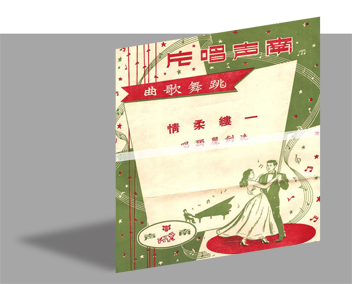
The modernization of Cantonese traditional music started in the 1920s. Western instrumentation and arrangement slowly seeped into the genre. The popularity of dance halls in the 1940s gave impetus to new forms of Cantonese music, variously called ‘light music’ or ‘spirit music’, which stressed the dance beat and relied on the drums for lead.
Here one can hear an early landmark Cantonese pop tune, Tender Love, which showed unmistakably the similarities as well as disjuncture between the old and new.

撰曲:朱頂鶴
主唱:冼劍麗
「第一段」(一枝梅)
晴天開 朗月正起東方
推窗望銀漢 心事多添上
嘆織女共牛郎 已遭隔斷在河傍
情心空自向 恨未央 歲歲如常
鵲架橋樑正遂了希望
我心自暗想 想到受此冷落情況
思君隔別遠方 甚覺不安
(慢放)
撩動起 我情絲千萬丈
愁對雙星 令我滿懷惆悵
蘭閨靜 倚牙床 殘更數盡
未免嗟嘆襟寒 當日與檀郎
好比鶼鰈相依 共把情歌和唱
「第二段」(石榴花)
唱罷同賦詠 心懷放
豈知一旦別離 每思念郎
午夜魂夢 心神往
應憐我苦況 點能夠
(轉二至王下句)
多生兩翼飛去伴住阿郎
(長句)
但見月照紗窗 惹起愁絲萬丈
只為團圓美景也無常
郎你早定歸期 以慰儂心盼望
須知年華易老 恰似逝水茫茫
(無錫景)
願郎舊恩愛莫忘 勿作背情漢
快快歸家兩相歡愛樂再嘗
遂我心裡望 我更要情郎
在我身傍 永不復分
倆雙在繡房 大眾暢懷心花放
